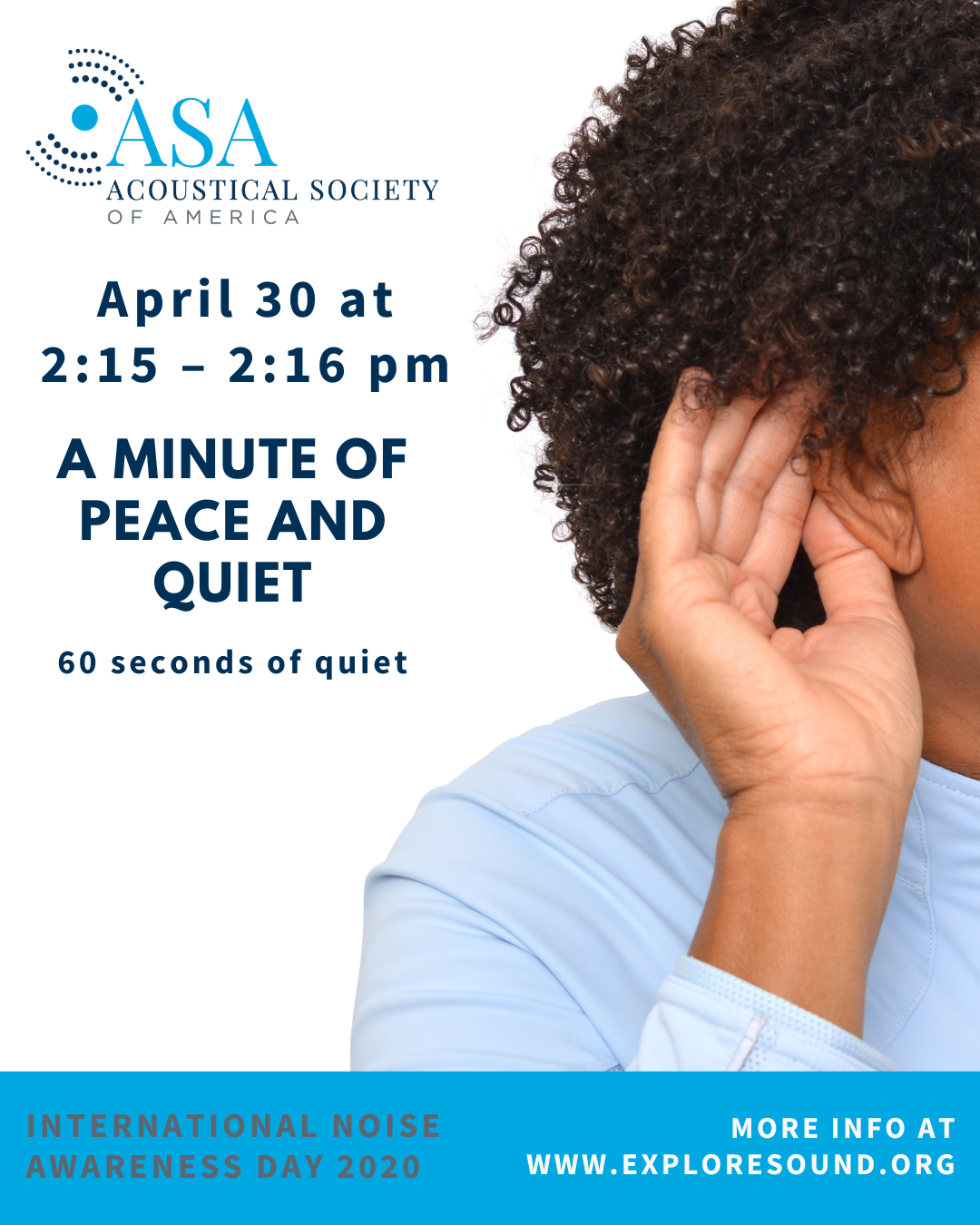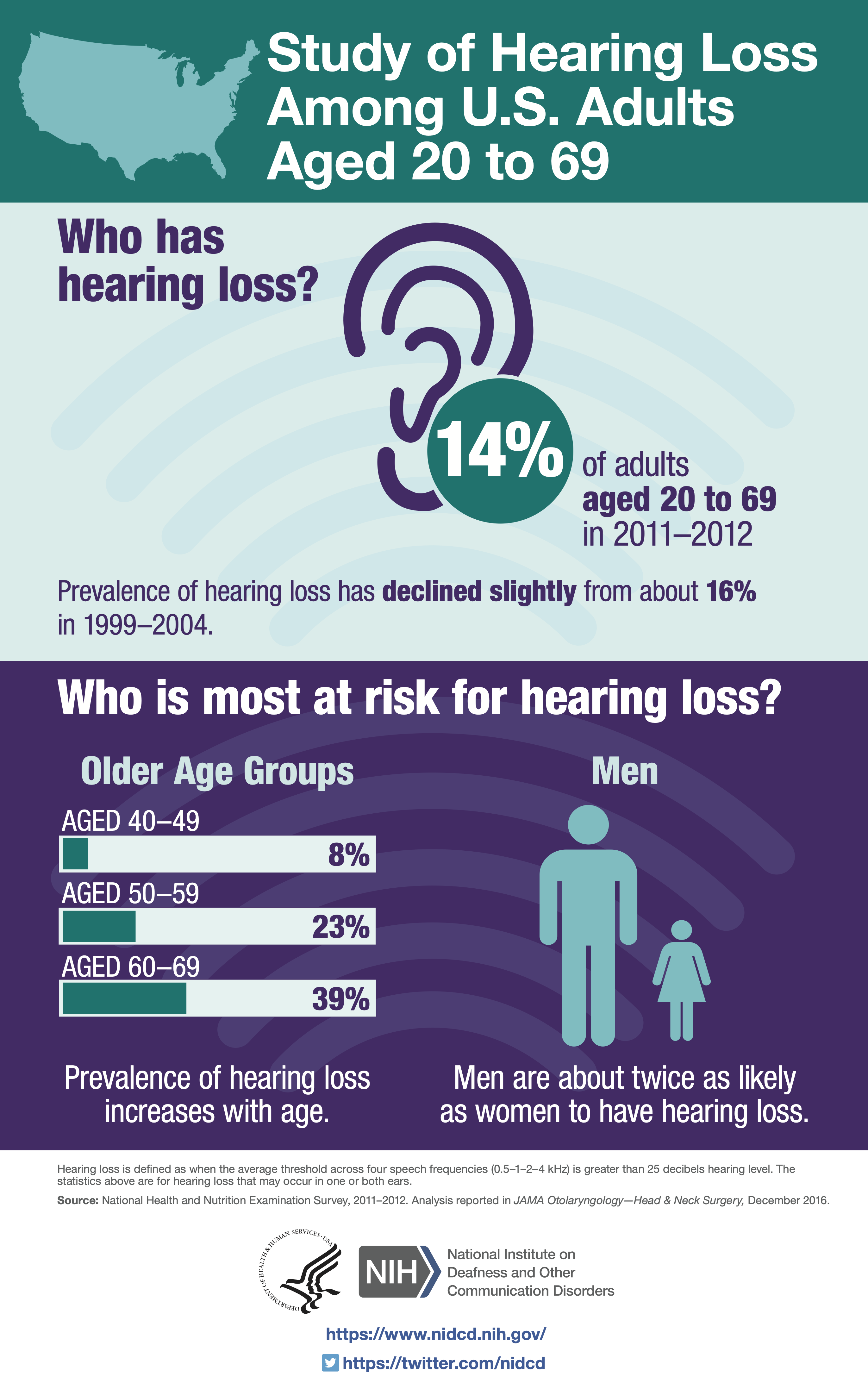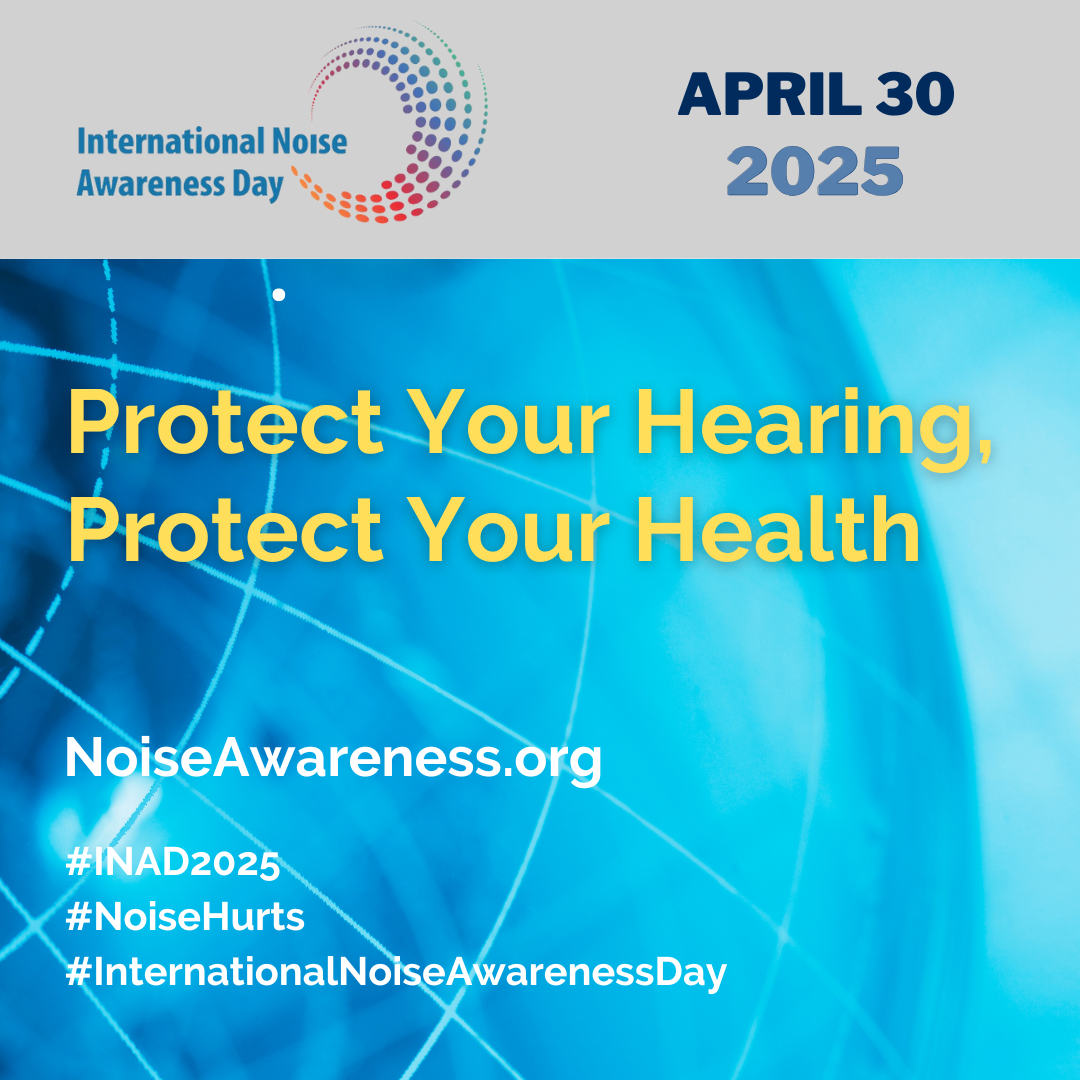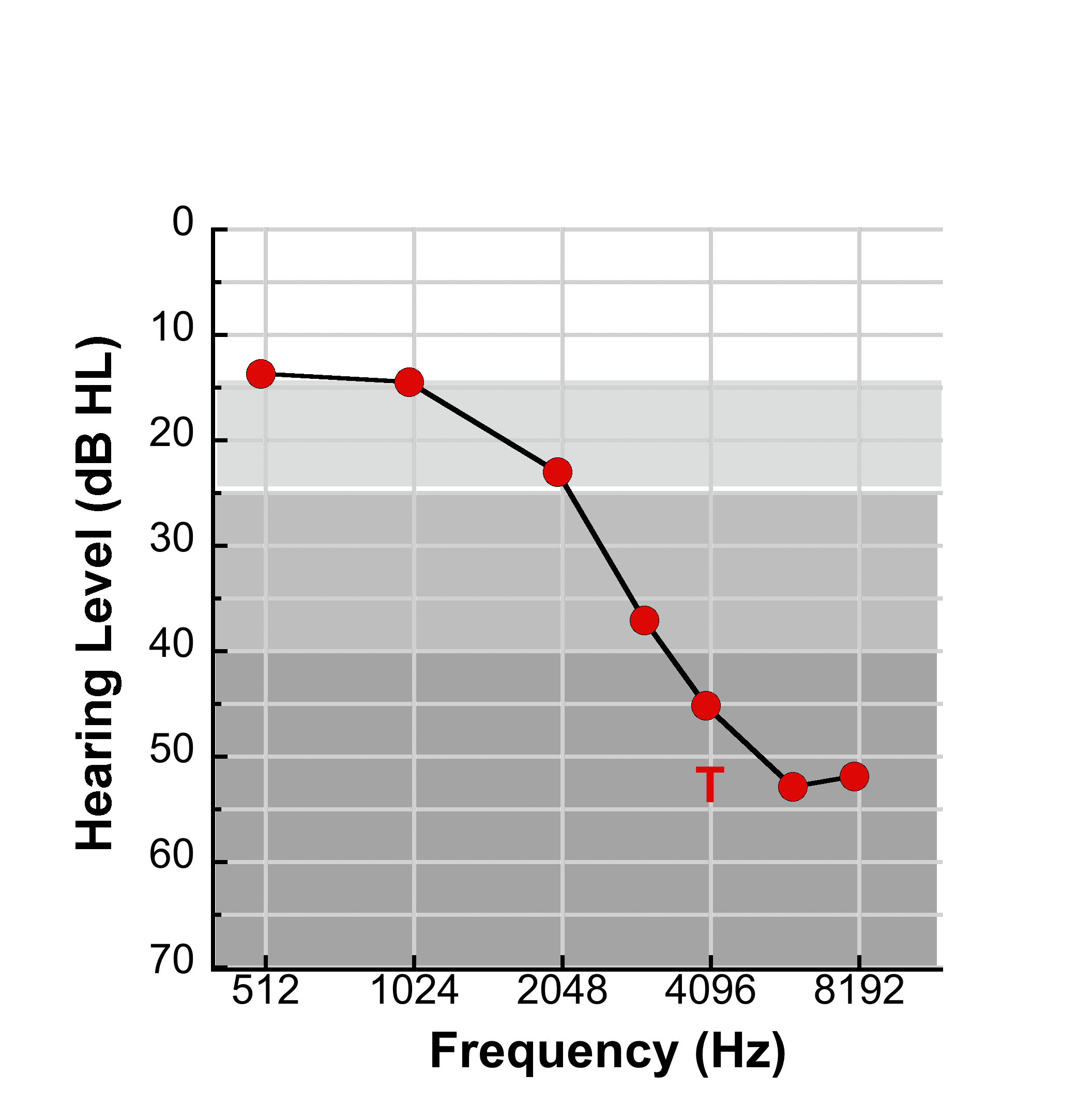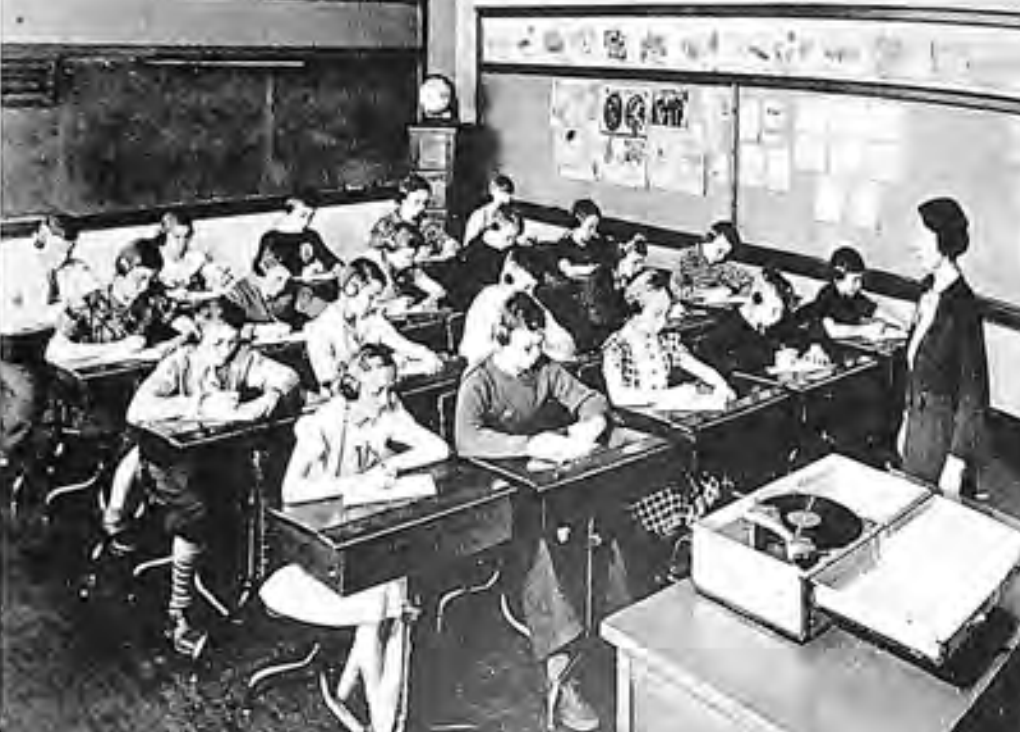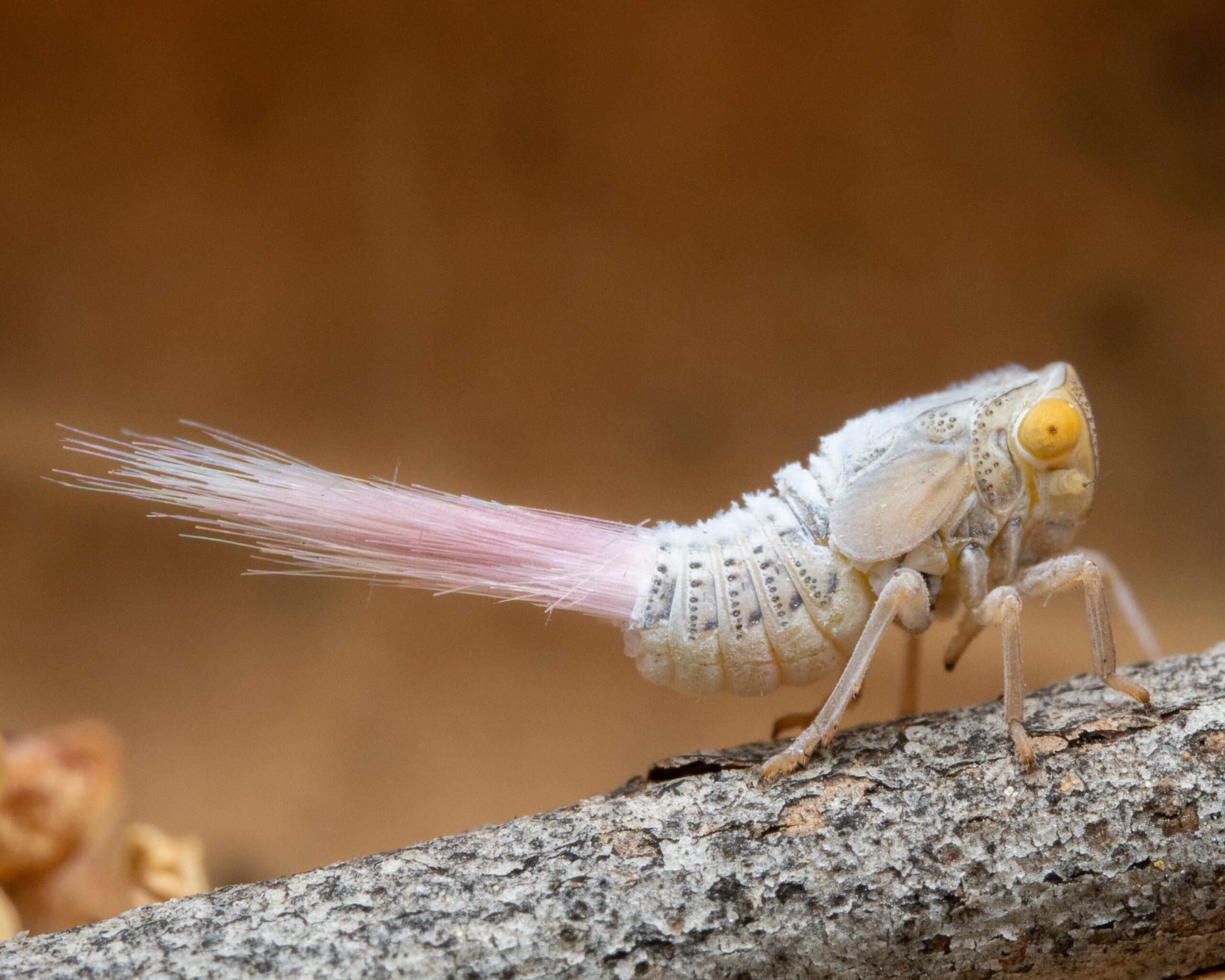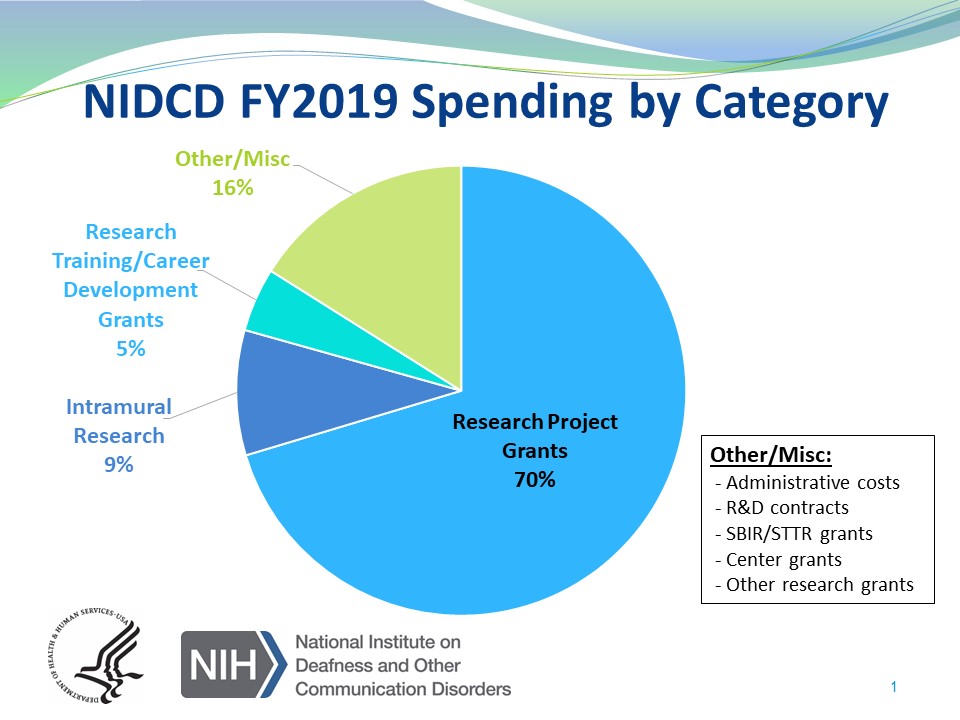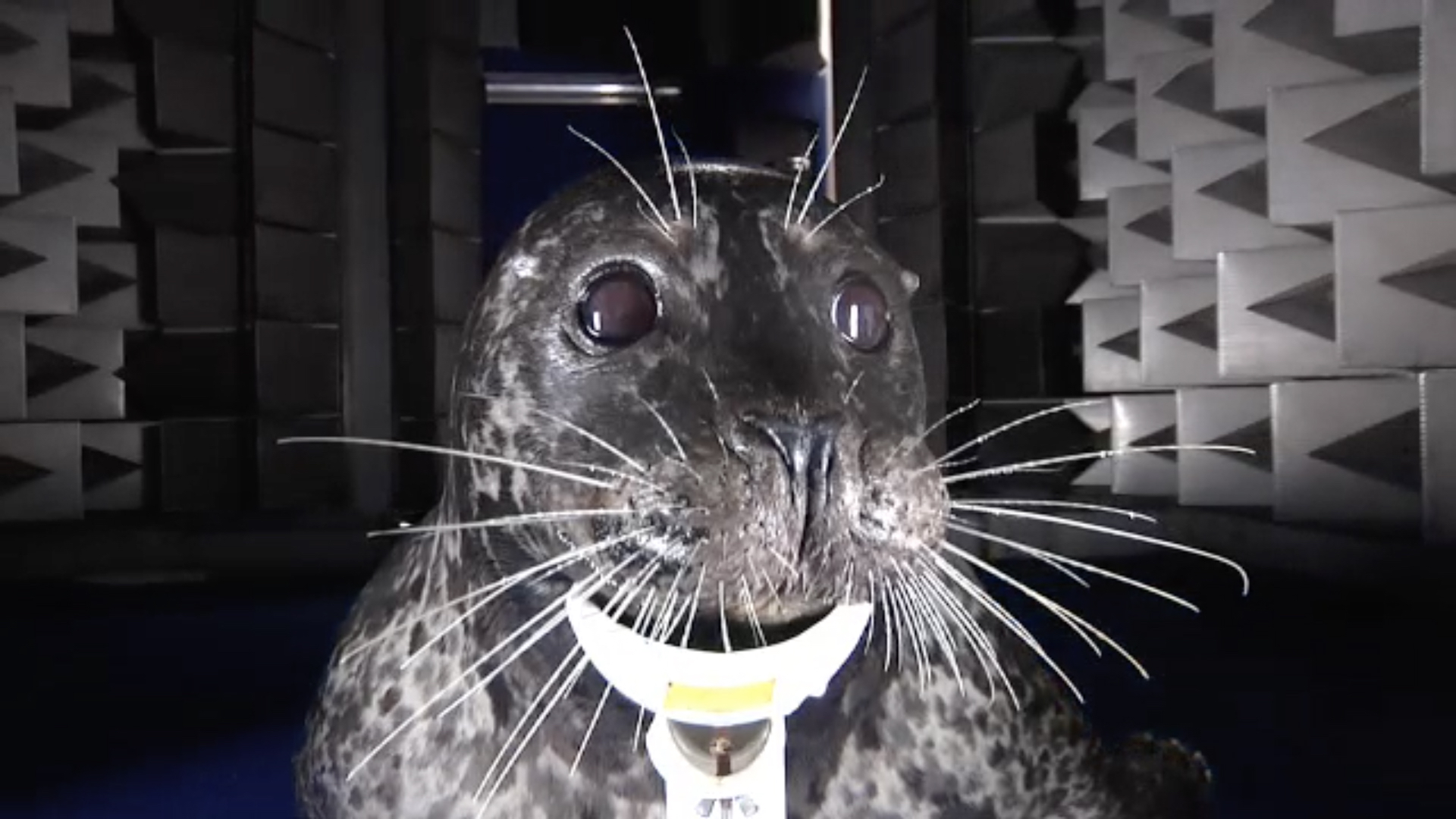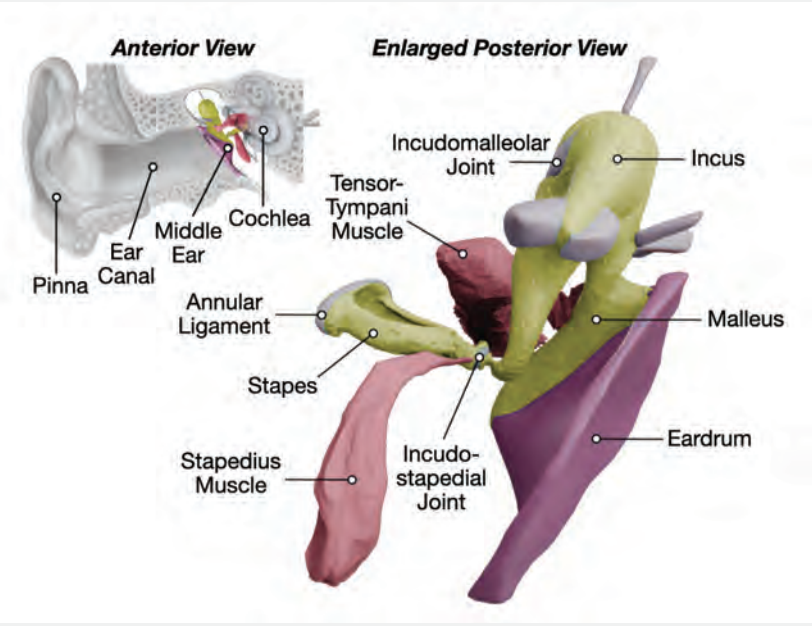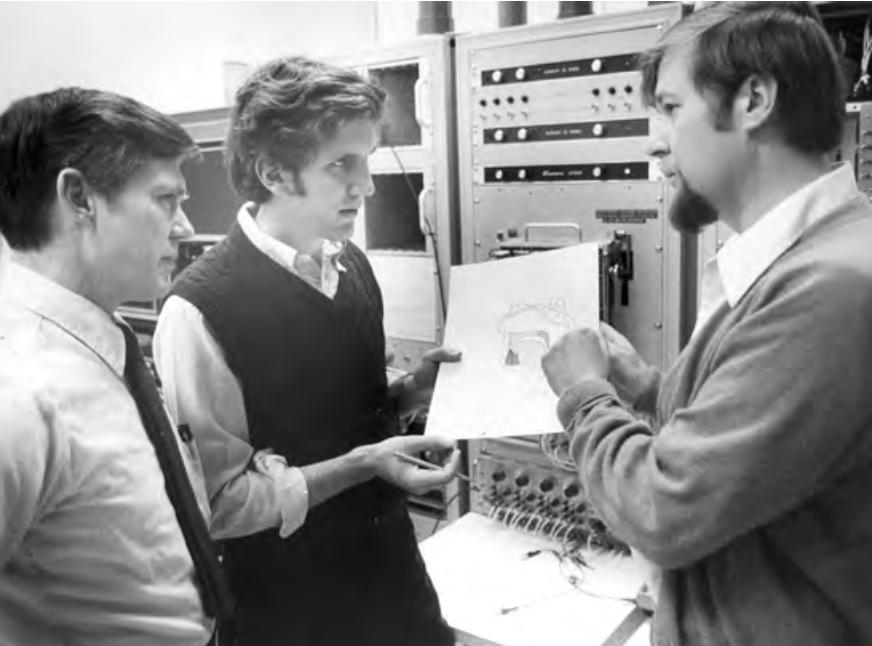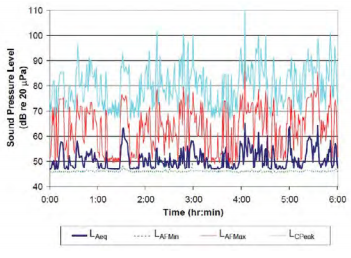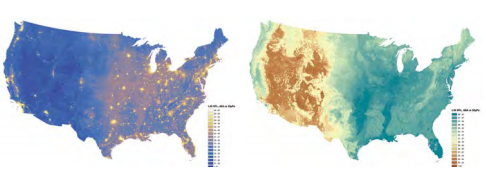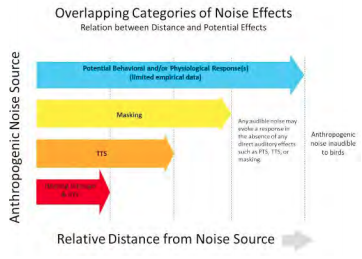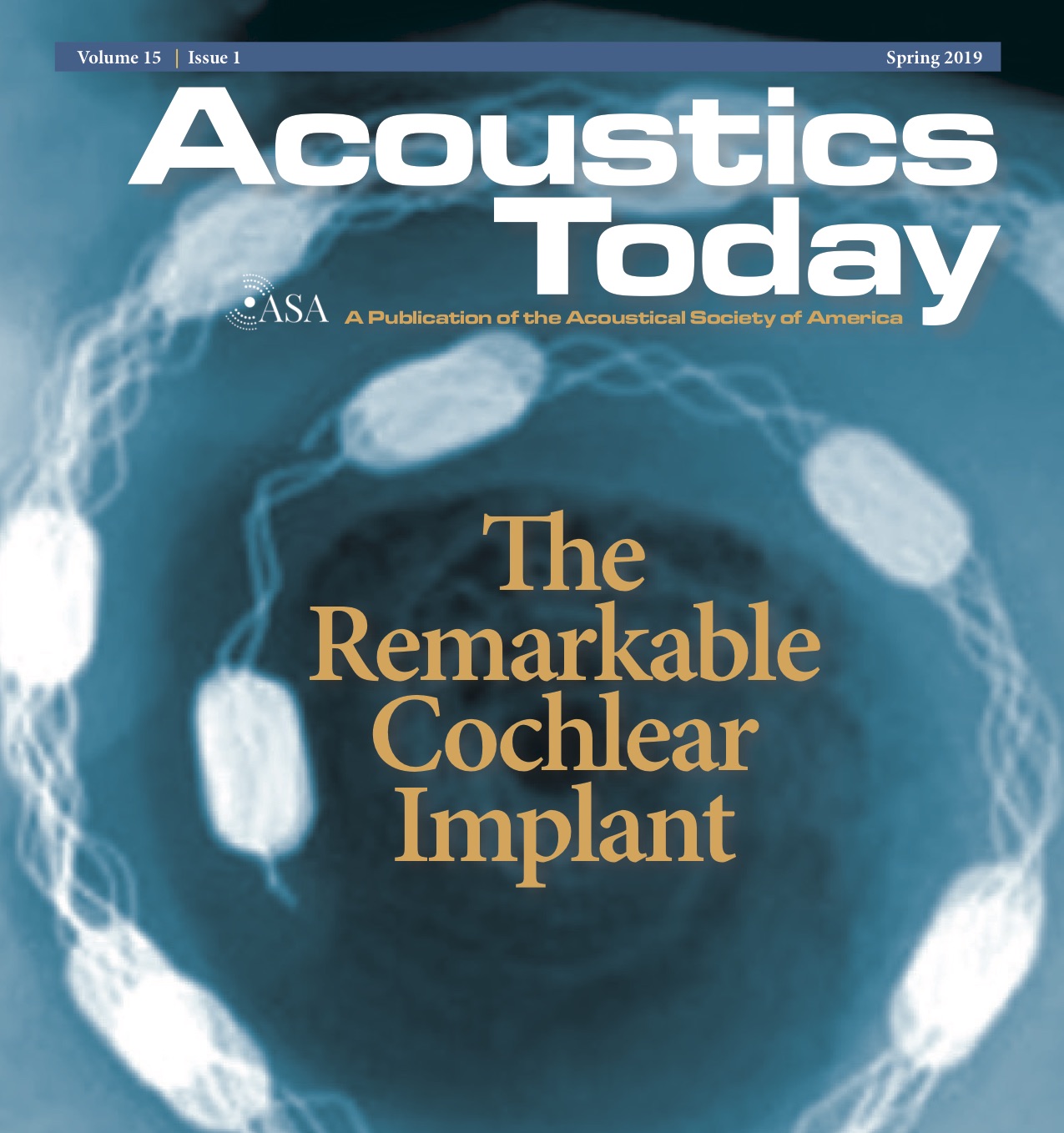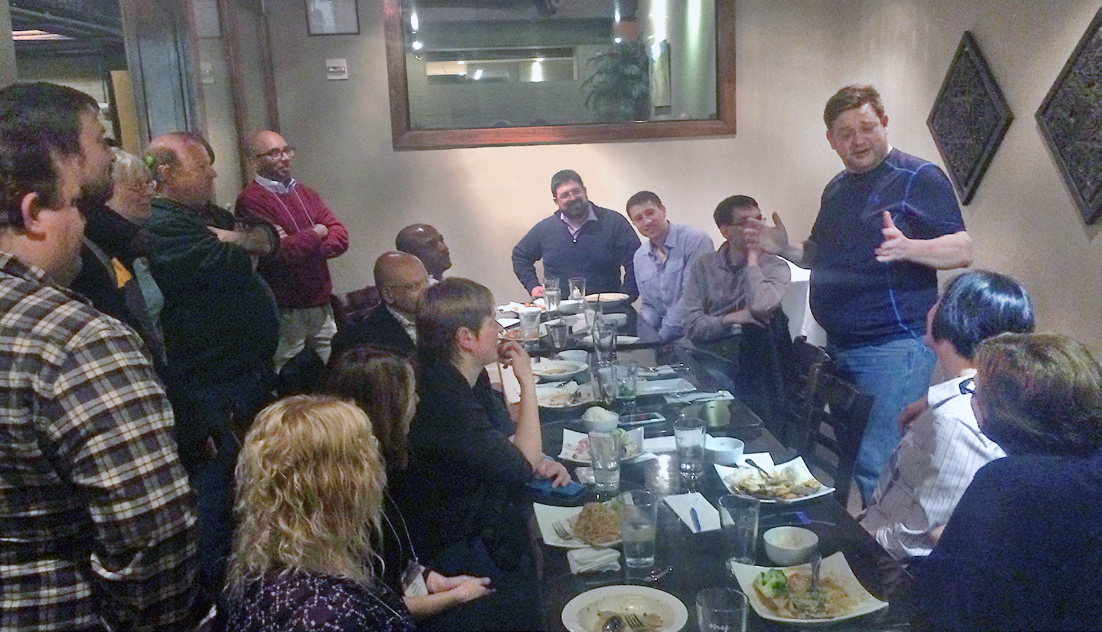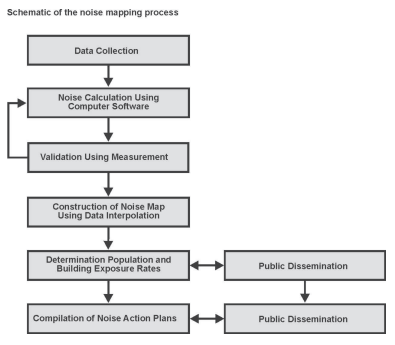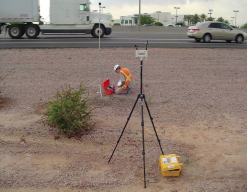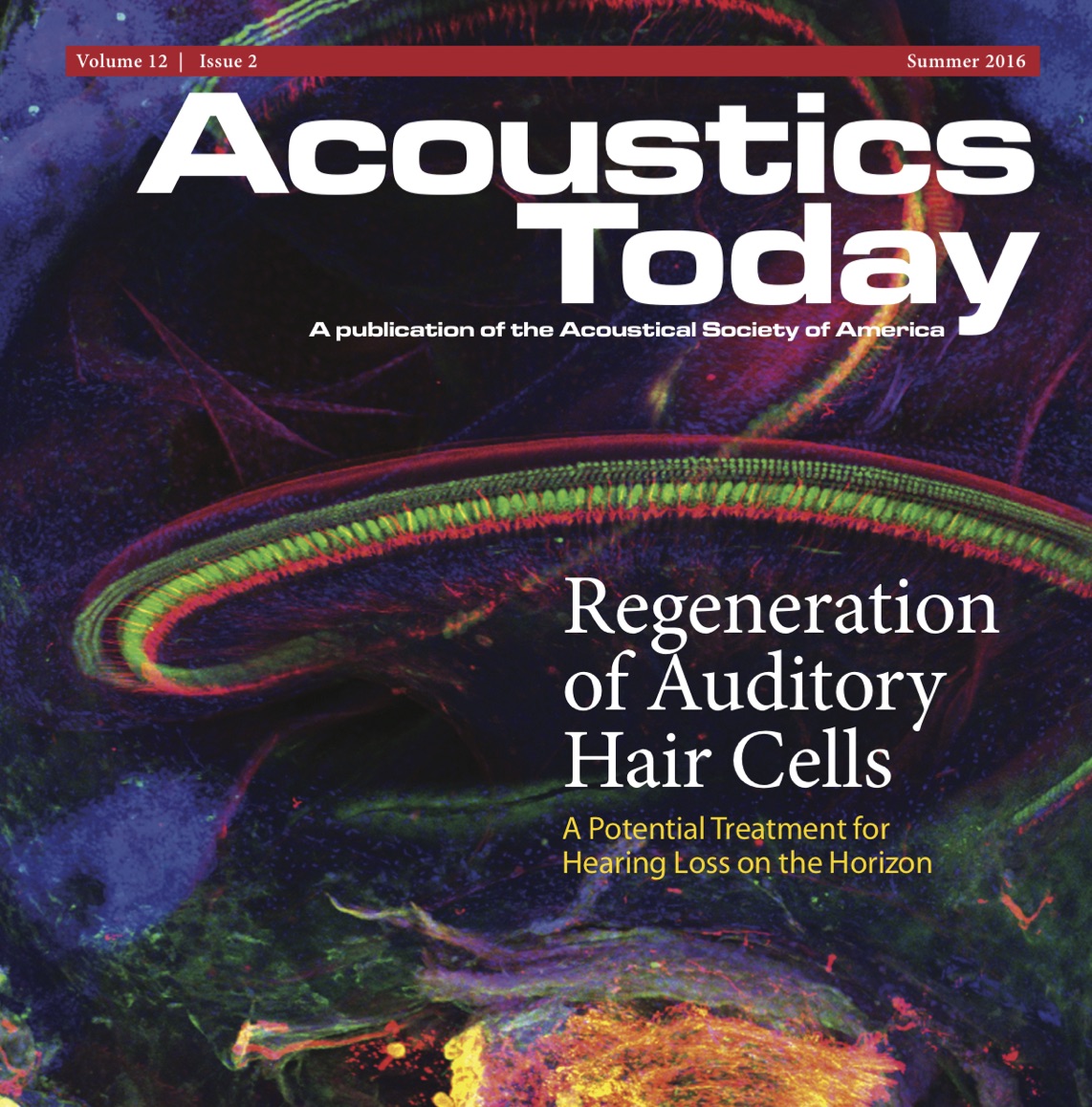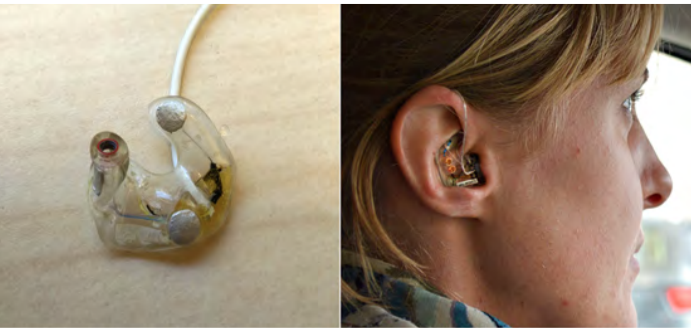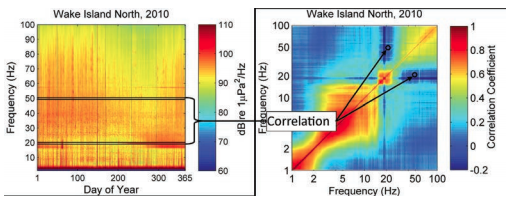International Noise Awareness Day (INAD), April 30, 2025
International Noise Awareness Day (INAD) aims to raise awareness of the effects of noise on the health and welfare of individuals and populations worldwide. It was founded in 1996 by the Center of Hearing and Communication (CHC).
The Acoustical Society of America (ASA) would like to encourage everyone to participate in INAD 2024 by raising awareness of the harmful effects of noise on hearing, health and quality of life. Protect your hearing, protect your health!
Recipe for A Quiet Diet
Take these simple steps from the Center for Hearing and Communication (CHC) to preserve the quiet in your life.
- Pay attention to the noises you make and respect your neighbor’s right to peace and quiet.
- Turn down the volume two notches on your radios and personal stereo systems with headphones.
- Turn down the volume one notch on your television.
- Do NOT honk your horn, except in the case of imminent danger.
- Do NOT tip cab drivers who honk their horns illegally.
- Avoid noisy sports events, restaurants, rock concerts and nightclubs unless you use hearing protection.
- Replace noisy activities with quiet ones such as taking a walk, visits to libraries and museums.
- Ask your health club instructor to lower the music.
- Ask the movie theater manager to turn down the volume.
- Wear adequate hearing protection if you must be in a noisy environment (the subway, mowing the lawn)
- Turn off the television during dinner and have a quiet conversation instead.
- Get a free hearing screening.
- Attend a town meeting to review (or develop) a local, enforceable noise ordinance.
- Spread the word about the danger of noise,
And remember… observe one minute of no noise from 2:15 – 2:16 pm (regardless of location/time zone).
Noise Awareness Lesson Plans
These lessons can be used for most grades to learn about measuring sound and hearing anatomy.
Sound Measures – Students use a sound level meter to measure, compare and graph sound levels in different environments.
Your Ear – Students explore how the ear hears and work through an interactive demonstration.
How Loud is Too Loud? – Students create a wheel that will show them various sound sources, the decibels , and allowable exposure time.
Loud Sounds Bookmarks – Students familiarize themselves with the idea that some sounds can be too loud.
Kids’ Noise Awareness Activities
These are all activities families can do at home and still have fun learning about sound and hearing.
Loud Sounds Coloring Sheets – Learn how to protect your ears from loud sounds with 4 different printable loud sounds coloring sheets.
Dangerous Decibels Exhibit – Learn about loud sounds in this virtual exhibit with games, demonstrations and activities.
Giant Acoustics Word Search – Learn about acoustics terminology in this acoustics word search!
All About Noise Crossword Puzzle – Test your noise knowledge in this crossword puzzle.
Acoustics Today
Read noise, hearing science and hearing relating research published in Acoustics Today!
Psychoacoustics of Tinnitus- Lost in Translation
Tinnitus is the perception of sound without an extenal source, often experienced as a constant or frequent ringing, humming, or buzzing.
Why Was Your Hearing Tested - Two Centuries of Progress
Although hearing loss has no doubt been ubiquitous in human populations, particularly with aging, testing for hearing loss and efforts to mitigate these losses are relatively recent.
Inaudible Noise Pollution of the Invertebrate World
Understanding highway traffic noise sources and how to abate them and addressing health concerns and environmental protection legislation and regulations.
Hearing and Speech Research at the NIDCD
Evolutions in Marine Mammal Noise Exposure Criteria
Middle Ear Biomechanics - Smooth Sailing
From Father Flanagan to Hearing Research: A History of Acoustics Research at Boys Town
How Boys Town, an organization known for work with at-risk children, became an important contributor to hearing, speech, and language research.
Hospital Soundscapes: Characterization, Impacts, and Interventions
Ambient Noise Is “The New Secondhand Smoke”
The Impact of Urban and Traffic Noise on Birds
The Remarkable Cochlear Implant and Possibilities for the Next Large Step Forward
Scientists with Hearing Loss Changing Perspectives in STEMM
What To Do About Environmental Noise?
Highway Traffic Noise
Regeneration of Auditory Hair Cells: A Potential Treatment for Hearing Loss on the Horizon
Preventing Occupational Hearing Loss
Hearing and Aging Effects on Speech Understanding: Challenges and Solutions
Worldwide Low-Frequency Ambient Noise
More Resources
- National Protect Your Hearing Month
- International Noise Awareness Day 2021
- Acoustics Activities lists fun and educational activities you can do at home with kids.
- The Australian Academy of Science has resources about Noise Pollution and the Environment and Fighting Noise Pollution
- Dangerous Decibels is a highly effective program designed to reduce the prevalence of noise-induced hearing loss and tinnitus (ringing in the ear).
- Dr. Antonella Radicchi is a chartered architect and HEAD- Genuit Foundation Research Fellow and she launched Hush City app in 2017.
- The Green Car Integrity Project posts academic literature about noise and health, safety, attention, and distraction.
- The National Institute for Occupational Safety and Health (NIOSH) Noise and Hearing Loss Prevention Topic
- Noise Center Archives invites you to view articles originally published between 1998 and 2001 in Hearing Rehabilitation Quarterly.
- Noise Free America offers advice on citizen action and success stories in the fight against noise.
- The Noise Pollution Clearinghouse is a national non-profit organization with extensive online noise related resources.
- Noisy planet is a joint venture between the National Institute of Health and the National Institute of Deafness and other Communication Disorders focused on preventing noise induced hearing loss in 8-12 year olds.
- The Right to Quiet Society for Soundscape Awareness and Protection is a Canadian nonprofit with global membership that has been conducting advocacy and providing information and assistance to the public since 1982.
- Quiet Classrooms is an alliance of non-profit organizations working to create better learning environments in schools by reducing noise.
- The Quiet Coalition consists of science, health, and legal professionals concerned about the impacts of noise on health, environment, learning, productivity, and quality of life in America.
- The Sound and Noise Education Module includes interactive, multi-disciplinary, STEM lessons and activities to introduce students and teachers to the study of the New York City sound environment, New York City’s Noise Code, and the public health issues.

